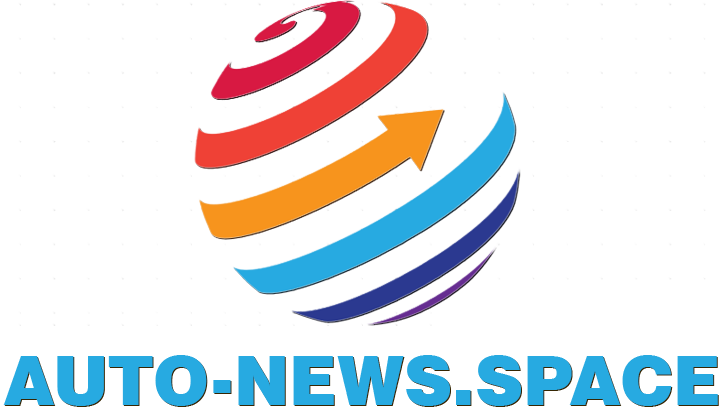by Harvey L. Neiman Health Policy Institute
A new Harvey L. Neiman Health Policy Institute study found that neurointerventionalists, who often deliver lifesaving and disability-sparing treatments for emergency stroke cases, have essentially no financially viable access to payment recovery through the No Surprises Act (NSA) for professional mechanical thrombectomy (MT) out-of-network (OON) claims.
MT is an effective treatment for emergent large vessel occlusions, such as ischemic stroke. This Journal of Neurointerventional Surgery study was based on 1,000 simulated years of OON MT claims.
Patients having a stroke or other occlusive blood clot do not have time to select their care provider based on their insurance network. The federal NSA was enacted to protect patients from surprise medical bills when circumstances were beyond patients’ control. However, in effect, insurers decide what to pay based on what they consider the typical in-network rate.
Physician practices have one channel to recoup payments from unfair insurance underpayment, the independent dispute resolution (IDR) process, but it comes with hefty fees. However, batching multiple OON claims together in the process can spread out those fees.
This study evaluated the likelihood that neurointerventionalists can, given their stroke center volume, batch MT claims to spread out IDR costs and make the process financially viable.
The researchers found that, regardless of stroke center size, the IDR process was not viable for a vast majority of even global MT claims, which include both the professional and facility costs.
Specifically, only 13.2%, 6.1%, and 3.3% of claims for large, medium, and small stroke centers, respectively, were shown to recover payments that would exceed IDR fees according to the modeled data. The researchers found no opportunity batch claims for only professional costs in a sufficient quantity to at least recover IDR costs.
“The expected cost of the IDR process is $235 if only one claim is submitted, and $281 if multiple claims are submitted in the same batch,” stated first author, Jonathan Grossberg, MD, vascular neurosurgeon and assistant professor at Emory Healthcare.
“Hence, it is financially unwise for a neurointerventionalist to submit OON claims to the IDR process unless they expect payment recovery will be at least as much as the costs of entering the IDR process. This means they would need to batch at least four professional claims or at least two global claims before they can expect payment recovery more than IDR costs.”
“Our 1,000 simulated years found that, for large stroke centers, 87% of OON claims could not be batched with another claim given the 30-business day batching rules. For the 13.2% of claims that could be batched with another claim, in no instance did these batches have more than two claims,” said Dr. Grossberg.
“While a batch of two global claims is financially viable for entering the IDR process, the reality is that a batch of four or more claims is required to make entering the IDR process financially viable for professional claims.”
The most crucial assumption in the study’s stimulation model was the OON rate. The study used an OON rate of 1.1% of commercial claims based on a recent study. To examine the sensitivity of the results to this OON rate, the authors evaluated the results assuming various OON rates from 2% to 10% of claims.
“Even when we assumed a 10% OON rate, only 11.6% of claims could be batched with four or more claims for neurointerventionalists working in a large stroke center,” stated Joshua Hirsch, MD, Neiman Institute Affiliate Senior Research Fellow and Vice Chair Procedural Services, Massachusetts General Hospital.
“This is the best-case scenario. For medium and small stroke centers, this percentage is only 3.8% and 0.7%, respectively. Likewise, assuming a 5% OON rate, these percentages are 2.0%, 0.9%, and 0% for large, medium, and small stroke centers, respectively.”
“The NSA process was designed to protect patients from unexpected bills following non-elective medical services. Rulemaking provided insurers with lopsided power resulting in potential diminution of in-network providers,” stated Dr. Hirsch.
“Given the nature of many neuroendovascular cases, the field is at particular risk of under-reimbursement from commercial health insurance companies and is frequently without access to IDR in a cost-effective manner, as our study shows.”
More information:
Jonathan A Grossberg et al, Neurointerventional payment for out-of-network mechanical thrombectomy in the era of the No Surprises Act, Journal of NeuroInterventional Surgery (2024). DOI: 10.1136/jnis-2024-022202
Provided by
Harvey L. Neiman Health Policy Institute
Citation:
Neurointerventionalists rarely recover payment for out-of-network mechanical thrombectomy under No Surprises act (2024, October 3)
retrieved 4 October 2024
from https://medicalxpress.com/news/2024-10-neurointerventionalists-rarely-recover-payment-network.html
This document is subject to copyright. Apart from any fair dealing for the purpose of private study or research, no
part may be reproduced without the written permission. The content is provided for information purposes only.


